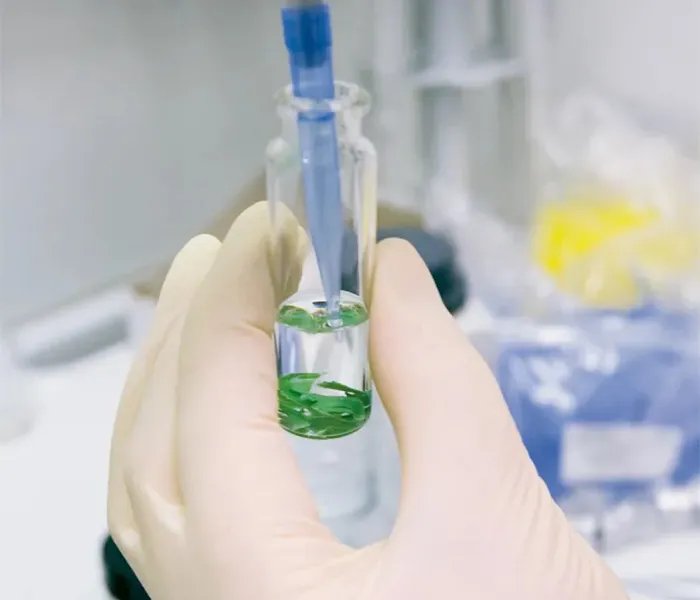In the field of materials science, the development and utilization of complex compounds plays a key role in advancing technology and improving the quality of our daily lives. Among these compounds, titanium diisopropoxide bis(acetylacetone) (TDBA) stands out for its unique properties and wide range of applications. This article explores the multifaceted uses of TDBA in materials science, elucidating its importance and potential.
Titanium diisopropoxide bis(acetylacetone) is a titanium-based compound known for its excellent chemical stability and versatility. It is a precursor to titanium dioxide (TiO2) and other titanium-containing materials. The compound is characterized by its ability to form homogeneous solutions with organic solvents, making it an ideal candidate for a variety of applications in materials science.
Photocatalysis and environmental purification
One of the prominent applications of TDBA is in the field of photocatalysis. When used to produce TiO2 nanoparticles, TDBA-derived materials exhibit excellent photocatalytic efficiency and effectively degrade organic pollutants and harmful substances in water and air. This application is particularly relevant for environmental decontamination work, where the need for efficient and sustainable solutions is crucial.
Coatings and surface treatments
TDBA is also widely used in the development of coatings and surface treatments. The compound helps form a thin, uniform layer of TiO2 on a variety of substrates, enhancing their durability, corrosion resistance, and aesthetics. These coatings are used in the automotive, aerospace, and construction industries where performance and longevity are critical.
Solar cells and energy conversion
The application of TDBA in the production of dye-sensitized solar cells (DSSC) and perovskite solar cells highlights its role in renewable energy technologies. TDBA-derived TiO2 acts as an effective electron transport layer, improving solar cell efficiency and stability. This helps develop cost-effective and environmentally friendly energy solutions, in line with global sustainability goals.
biomedical applications
In the biomedical field, TDBA plays a role as a precursor for bioactive titanium coatings. These coatings are applied to medical implants to improve their biocompatibility and promote better integration with bone tissue. The use of TDBA-derived materials in this context highlights the importance of advanced materials in improving patient outcomes and extending implant life.
Nanotechnology and advanced materials
The versatility of TDBA extends to nanotechnology, where it is used to synthesize titanium-based nanomaterials with tailored properties. These nanomaterials have applications in sensors, catalysis, and energy storage devices. The ability to precisely control the composition and morphology of the resulting materials emphasizes the importance of TDBA in pushing the boundaries of materials science.
Titanium diisopropoxide bis(acetylacetone) is a compound of great importance in materials science, with applications ranging from environmental purification to advanced biomedical technology. Its role in producing high-quality titanium dioxide and titanium-based materials opens up new avenues for research and development in various fields. As materials science continues to advance, innovative uses of TDBA are expected to contribute to the development of sustainable technologies and improved quality of life. The exploration of its full potential remains an exciting frontier with promising advances yet to be discovered.
The best titanium di isopropoxide bis(acetylacetone)
If you want to get high-quality titanium di isopropoxide bis(acetylacetone), you might as well try kbr. As a professional titanium diisopropoxide bis(acetylacetone) manufacturer, kbr can provide you with high-quality products and excellent services. !






